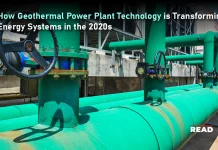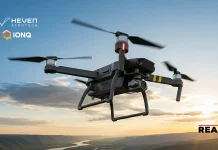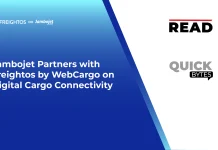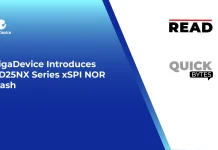enVerid Systems, the leader in sustainable indoor air quality (IAQ) solutions, announced that its sorbent air cleaning technology for HVAC load reduction has been validated by the U.S. Department of Energy’s (DOE) High Impact Technology (HIT) Catalyst program. The validation comes after field testing of enVerid’s HVAC Load Reduction® (HLR®) modules by DOE’s National Renewable Energy Lab (NREL) in commercial buildings in the eastern and southern U.S. NREL found that HLR modules provide substantial Heating, Ventilation, and Air Conditioning (HVAC) energy savings and load reduction potential. Powered by enVerid’s Sorbent Ventilation Technology™ (SVT™), HLR modules safely remove carbon dioxide, ozone, formaldehyde, and a wide range of Volatile Organic Compounds (VOCs) from indoor air so that ventilation rates can be optimized to improve energy efficiency and IAQ, which can lead to reductions in HVAC equipment costs, operating costs, and buildings’ carbon emissions.
Also Read: Air Products to Build Green Liquid Hydrogen Production Facility in Arizona
DOE’s HIT Catalyst program conducts evaluations of new energy efficiency technologies in coordination with the U.S. General Services Administration’s (GSA) Green Proving Ground (GPG) program. NREL assessed enVerid’s HLR modules in commercial and educational buildings located in hot, humid, and cold climates across the country. The findings were published in the report, Energy Performance Validation of a Gaseous Air Cleaning Technology for Commercial Buildings. GSA has posted the NREL report and an infographic with key findings from the report on the GPG Published Findings page.
“Addressing building decarbonization and resilience are among our top priorities,” said Kevin Powell, Director of GSA’s Green Proving Ground program. “NREL’s assessment gives us valuable guidance on where sorbent air cleaning technology will help save energy and meet the net-zero carbon targets established in the President’s recent executive order.”
Based on NREL’s findings, DOE’s Better Buildings initiative has also identified sorbent ventilation air cleaning technology as a step building owners and operators can implement to achieve smart, healthy, and low-carbon small offices, large offices, and primary schools in the Better Buildings Low Carbon Technology Strategies Toolkit.
“NREL’s validation of the energy saving capabilities of enVerid’s HLR modules and its underlying Sorbent Ventilation Technology in real world applications is another critical affirmation of this technology,” said Christian Weeks, CEO of enVerid Systems. “Sorbent Ventilation Technology can be employed to achieve the dual priorities of healthy indoor air quality and reducing HVAC energy intensity to lower building carbon emissions. The timing of this important development aligns well with the actions being taken under the Infrastructure Investment and Jobs Act and the Biden Administration’s recent commitment to prioritize decarbonization across the 370 million square feet of space in 9,600 buildings GSA oversees, addressing IAQ, carbon emissions, and building resilience.”




